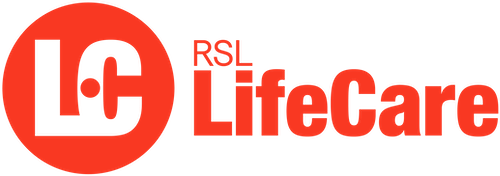If your diet gave you high cholesterol, it can lower it, too
It’s easy to eat your way to an alarmingly high cholesterol level. The reverse is true, too — changing what foods you eat can lower your cholesterol and improve the armada of fats floating through your bloodstream. Doing this requires a two-pronged strategy: Add foods that lower LDL. At the same time, cut back on foods that boost LDL. Without that step, you are engaging in a holding action instead of a steady — and tasty — victory.
In with the good
Different foods lower cholesterol in various ways. Some deliver soluble fiber, which binds cholesterol and its precursors in the digestive system and drags them out of the body before they get into circulation. Some give you polyunsaturated fats, which directly lower LDL. And some contain plant sterols and stanols, which block the body from absorbing cholesterol.
1. Oats
2. Barley and other whole grains
3. Beans
4. Eggplant and okra
5. Nuts
6. Vegetable oils
7. Apples, grapes, strawberries, citrus fruits
8. Foods fortified with sterols and stanols
9. Soy. E
10. Fatty fish
11. Fiber supplements
Out with the bad
Harmful LDL creeps upward and protective HDL drifts downward largely because of diet and other lifestyle choices. Genes play a role, too — some people are genetically programmed to respond more readily to what they eat — but genes aren’t something you can change. Here are four things you can:
Saturated fats. Typical sources of saturated fat include animal products, such as red meat, whole-fat dairy products, and eggs, and also a few vegetable oils, such as palm oil, coconut oil, and cocoa butter. Saturated fat can increase your levels of “bad” LDL cholesterol. But it has some benefits, too — it lowers triglycerides and nudges up levels of “good” HDL cholesterol. The role of saturated fat in heart disease is currently under debate. For now, it’s best to limit your intake of saturated-fat-rich foods.
Trans fats. The right amount of trans fats is zero! Trans fats are a byproduct of the chemical reaction that turns liquid vegetable oil into solid margarine or shortening and that prevents liquid vegetable oils from turning rancid. These fats have no nutritional value — and we know for certain they are bad for heart health. Trans fats increase LDL cholesterol and triglyceride levels while reducing levels of HDL cholesterol.
Weight and exercise. Being overweight and not exercising affect fats circulating in the bloodstream. Excess weight boosts harmful LDL, while inactivity depresses protective HDL. Losing weight if needed and exercising more reverse these trends.
Putting it all together
A largely vegetarian “dietary portfolio of cholesterol-lowering foods” substantially lowered LDL, triglycerides, and blood pressure. The key dietary components are plenty of fruits and vegetables, whole grains instead of highly refined ones, and protein mostly from plants. Add margarine enriched with plant sterols; oats, barley, psyllium, okra, and eggplant, all rich in soluble fiber; soy protein; and whole almonds.
Just as important, a diet that is heavy on fruits, vegetables, beans, and nuts is good for the body in ways beyond lowering cholesterol. It keeps blood pressure in check. It helps arteries stay flexible and responsive. It’s good for bones and digestive health, for vision and mental health.
For further information, CLICK HERE.
Source: Harvard Health Publications
Continue Reading
Discover our Services
Home Care
Retirement Living
Residential Care
Veteran Services
Download a brochure
We'll never share your email address and you can opt out at any time, we promise


